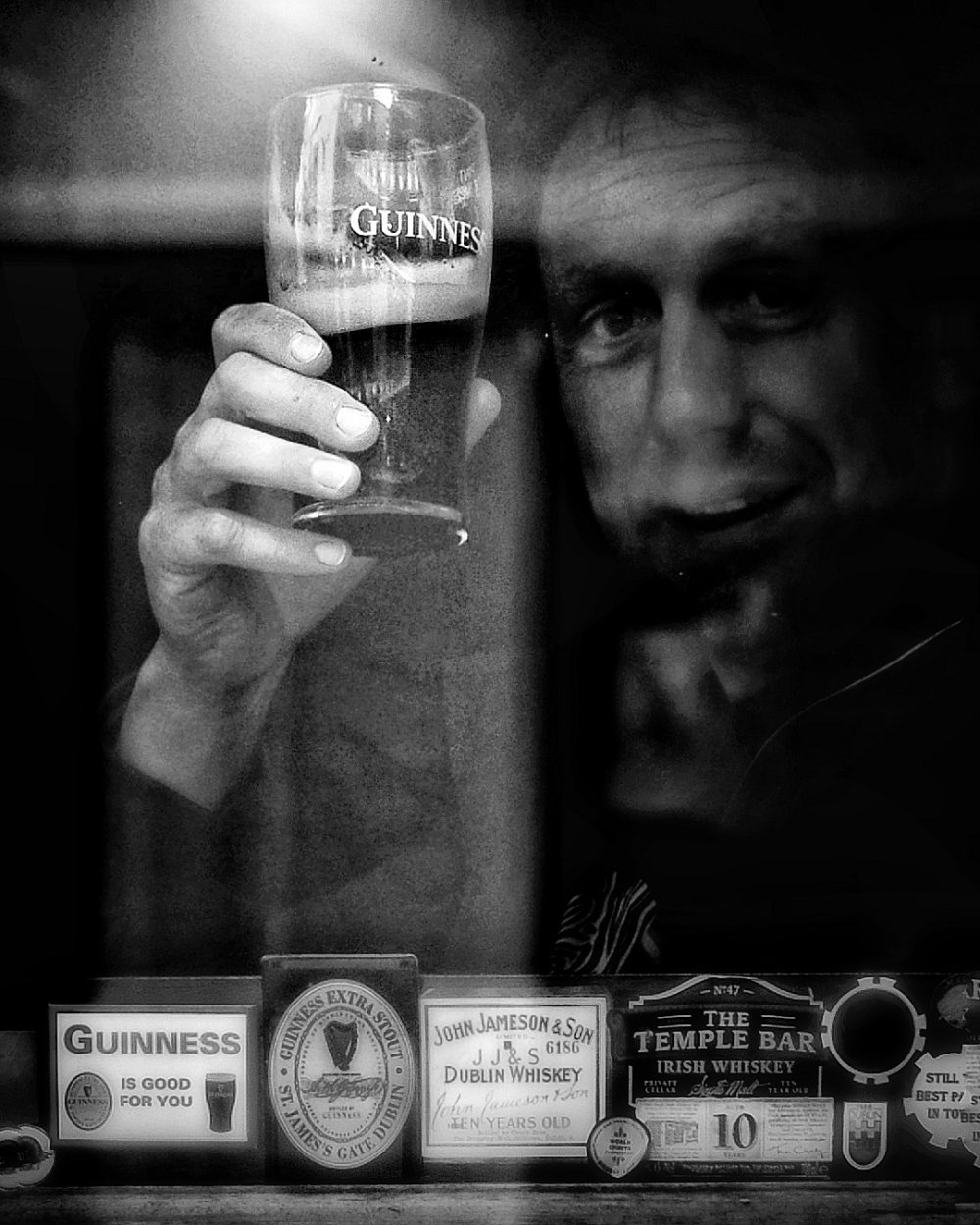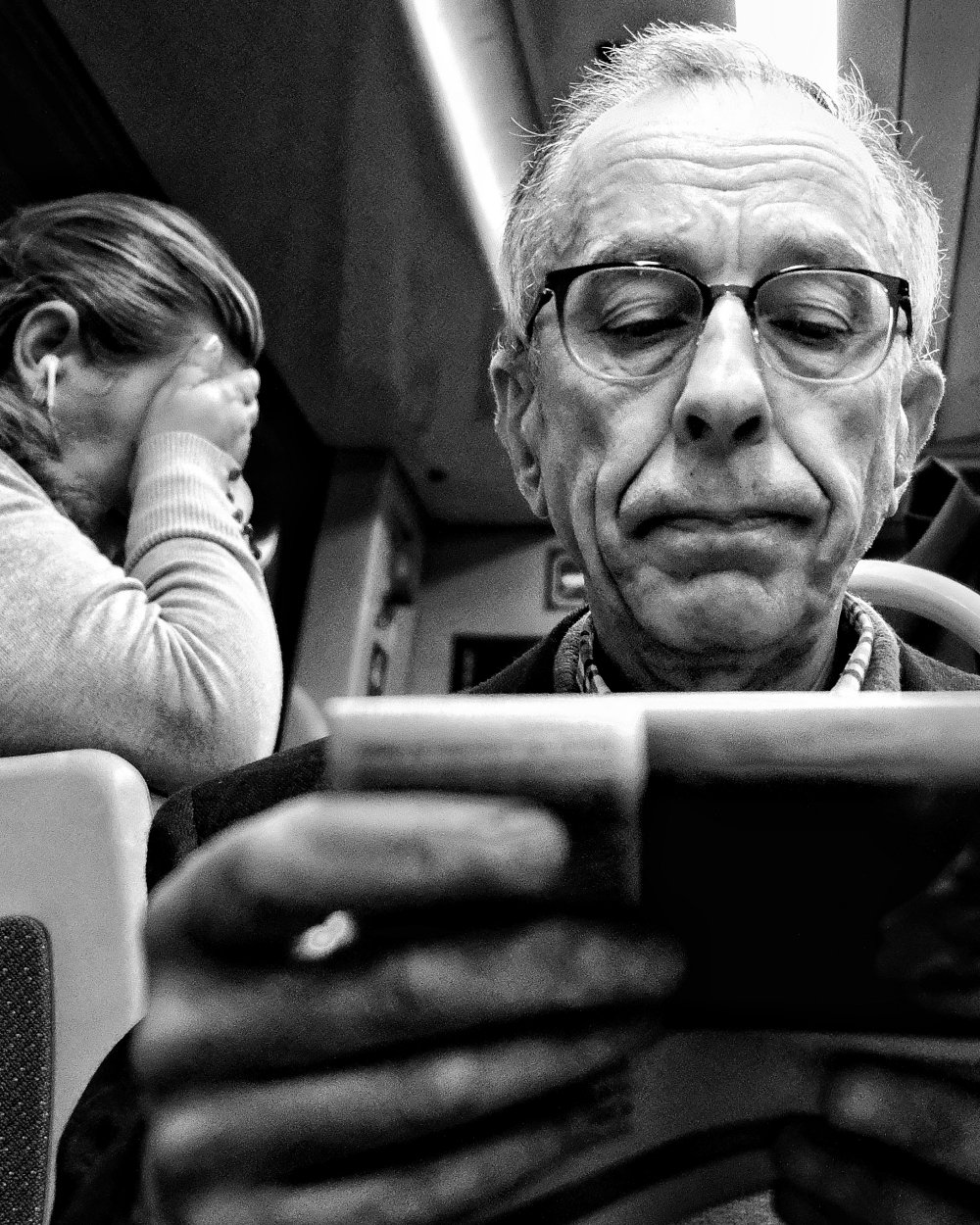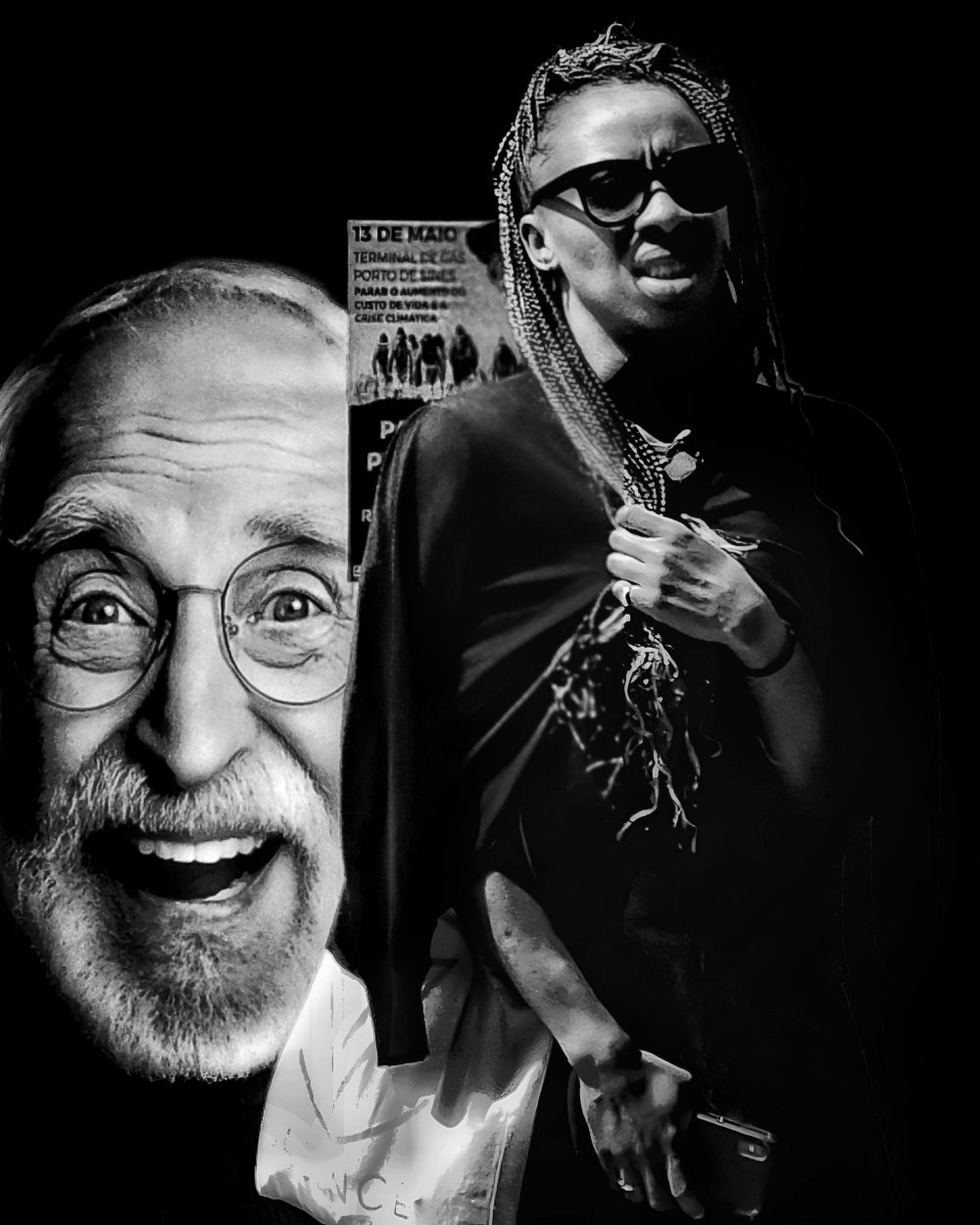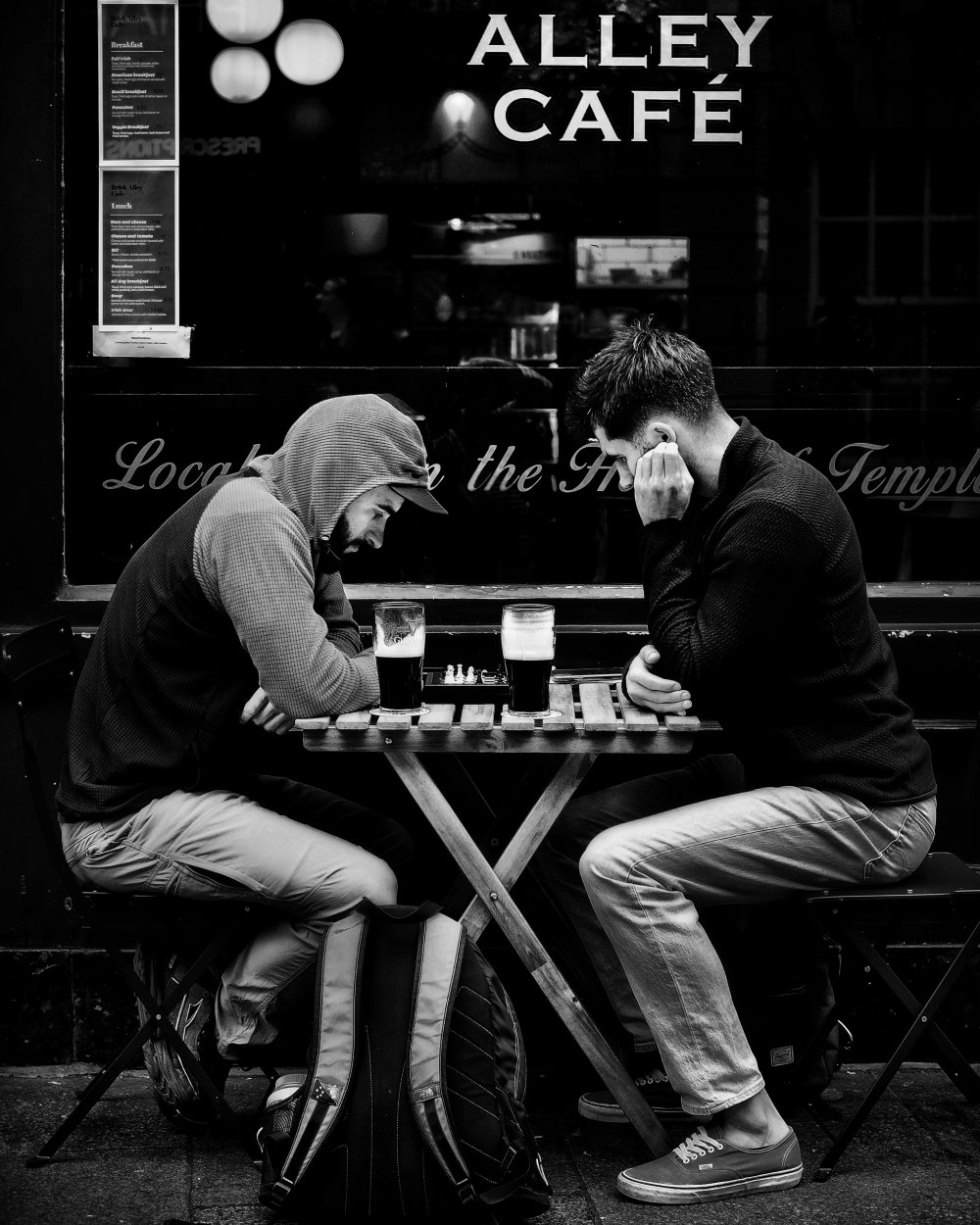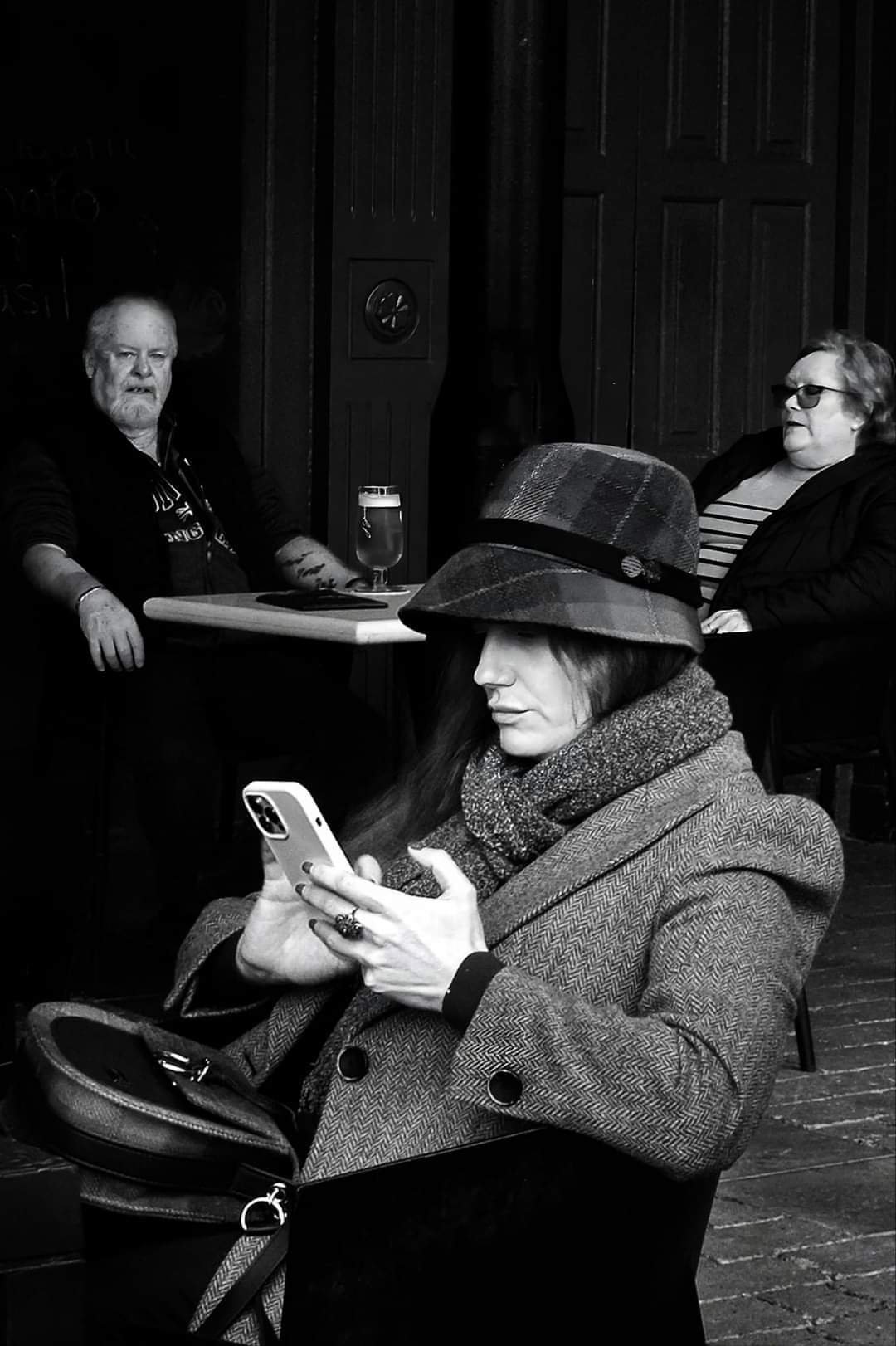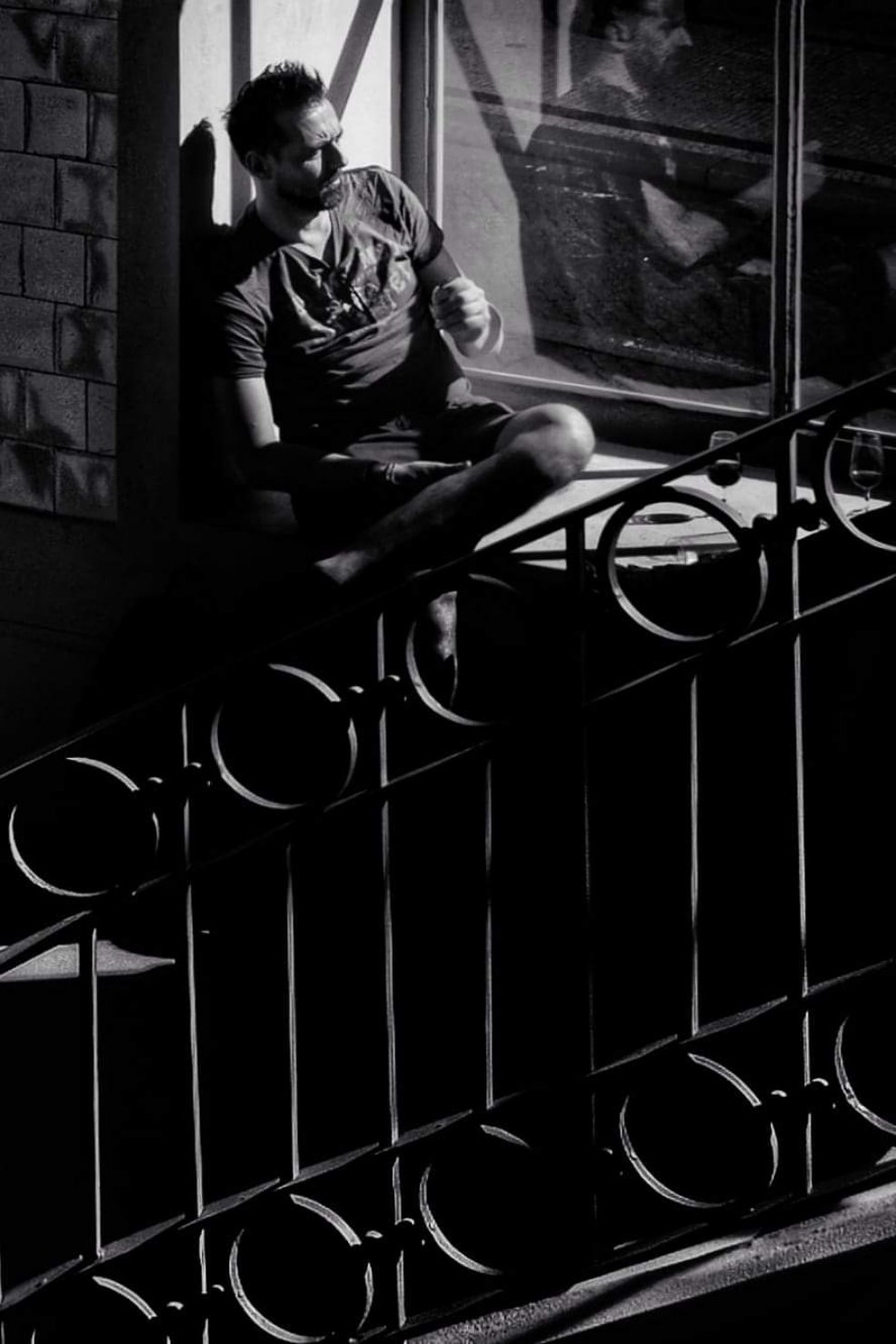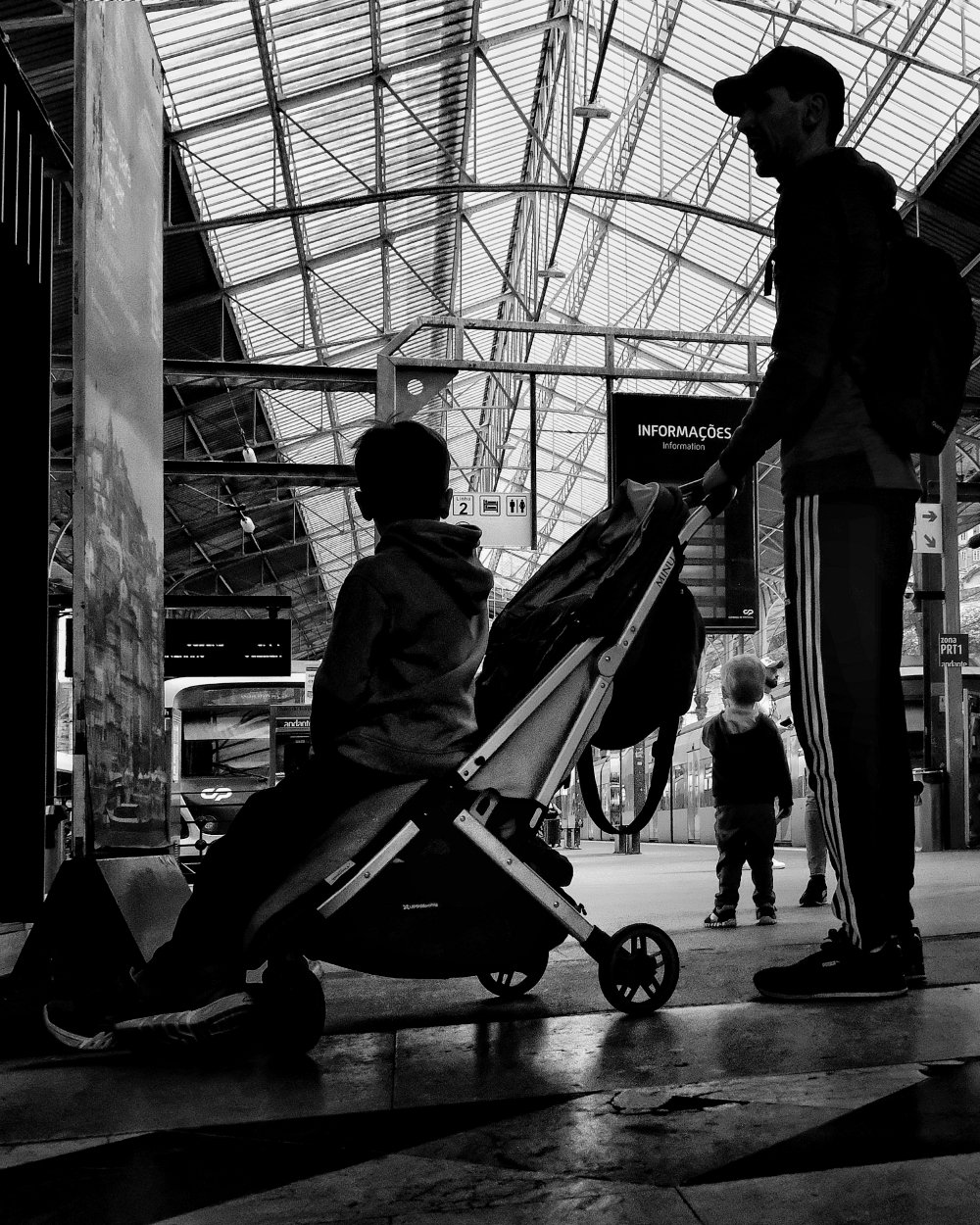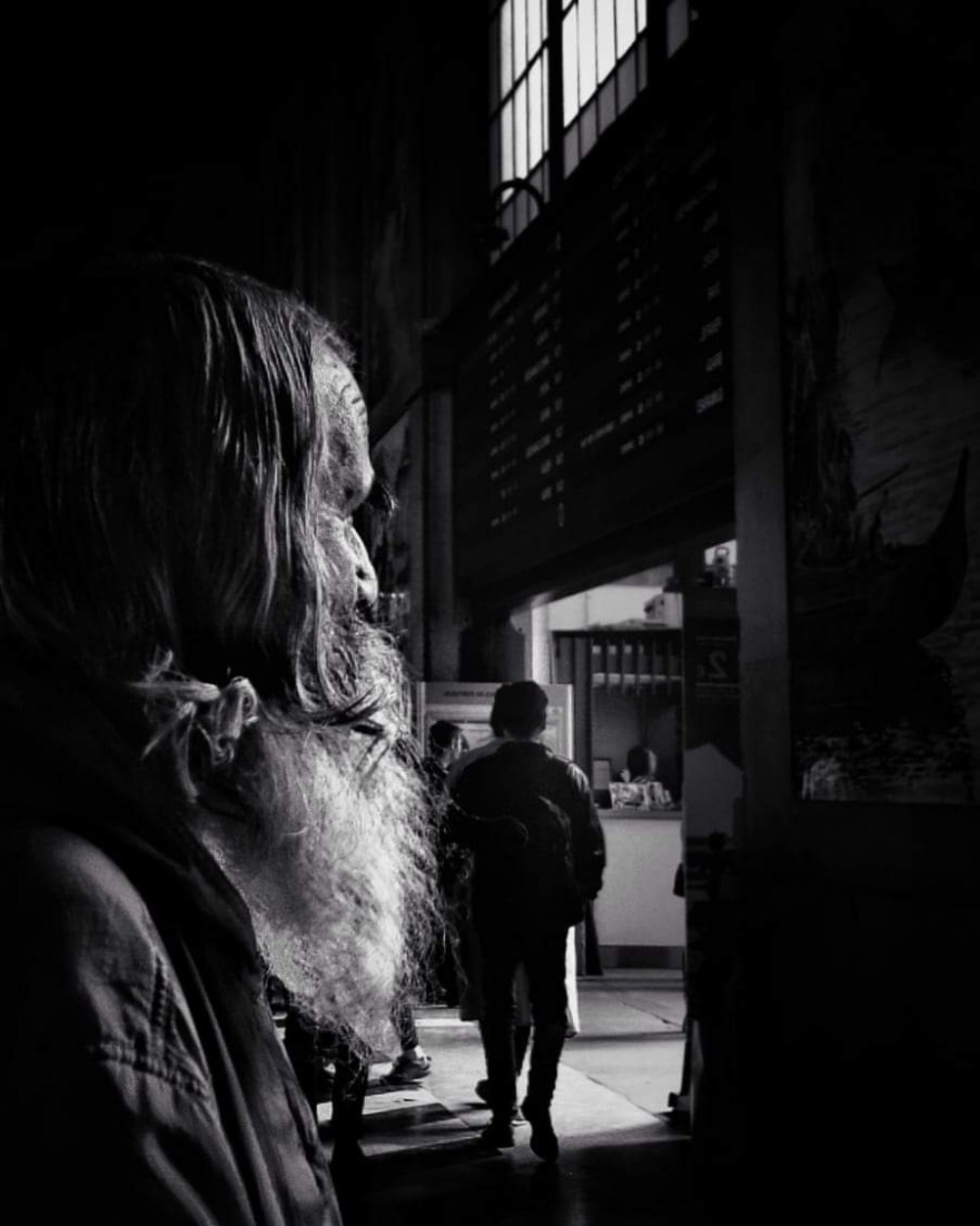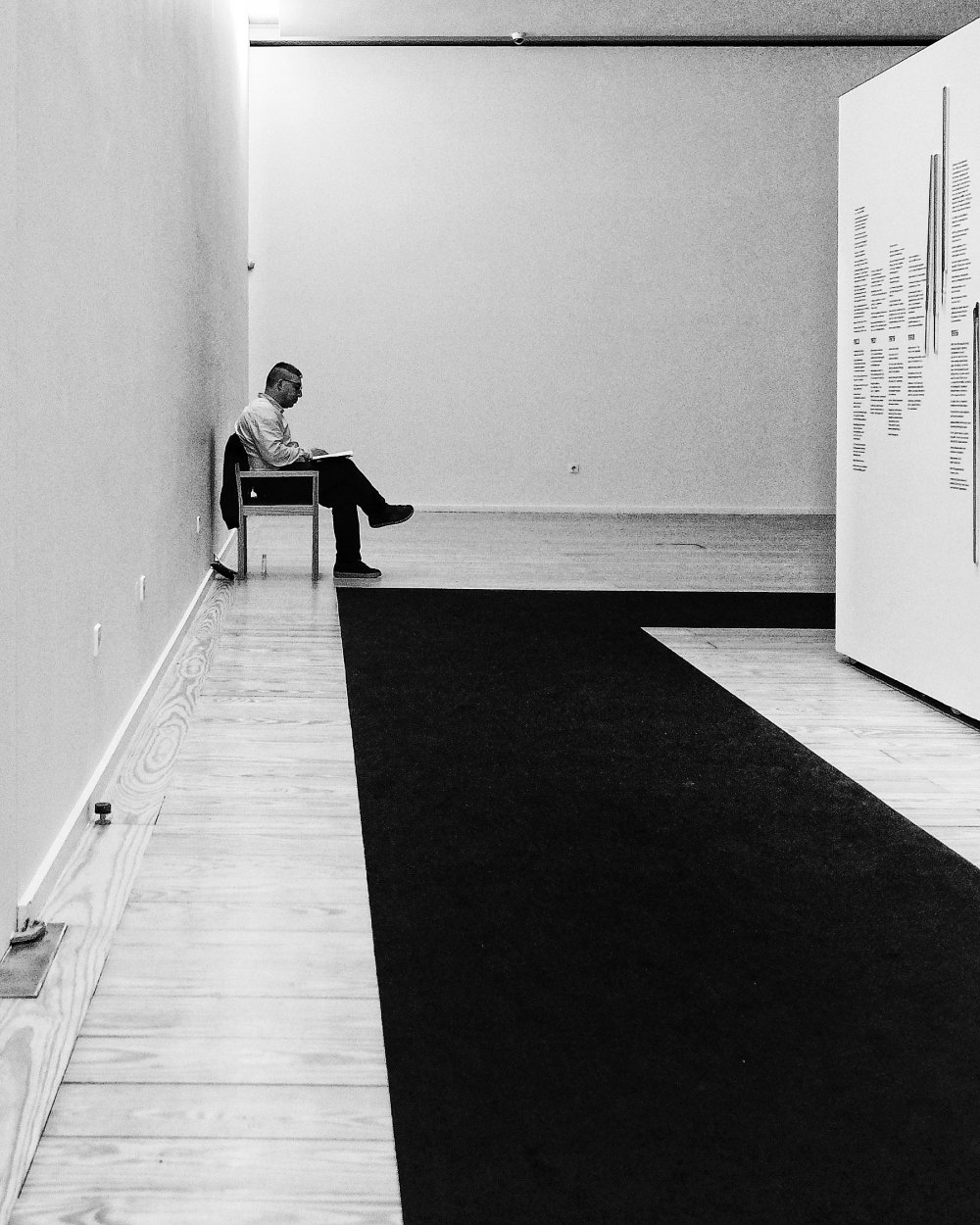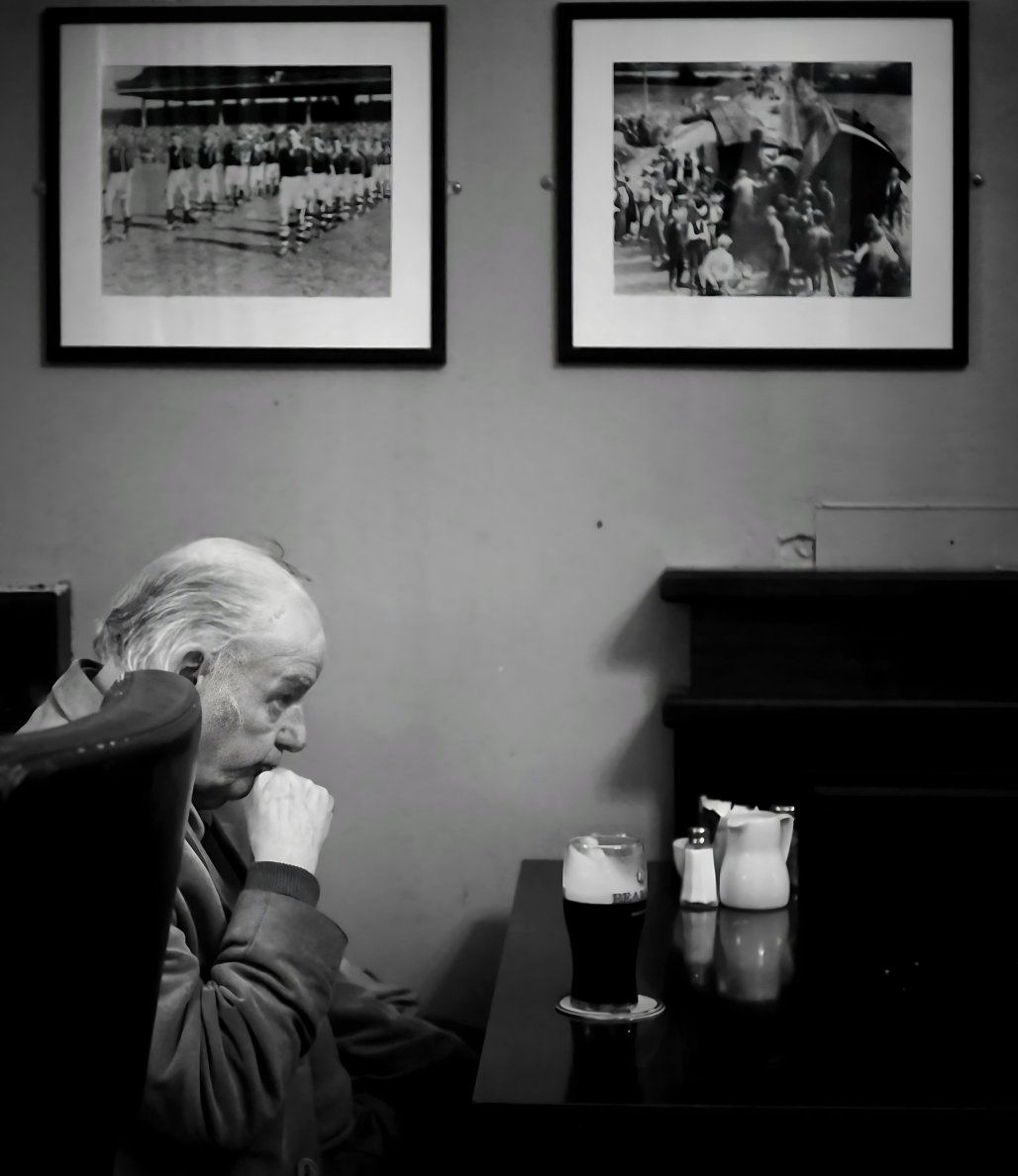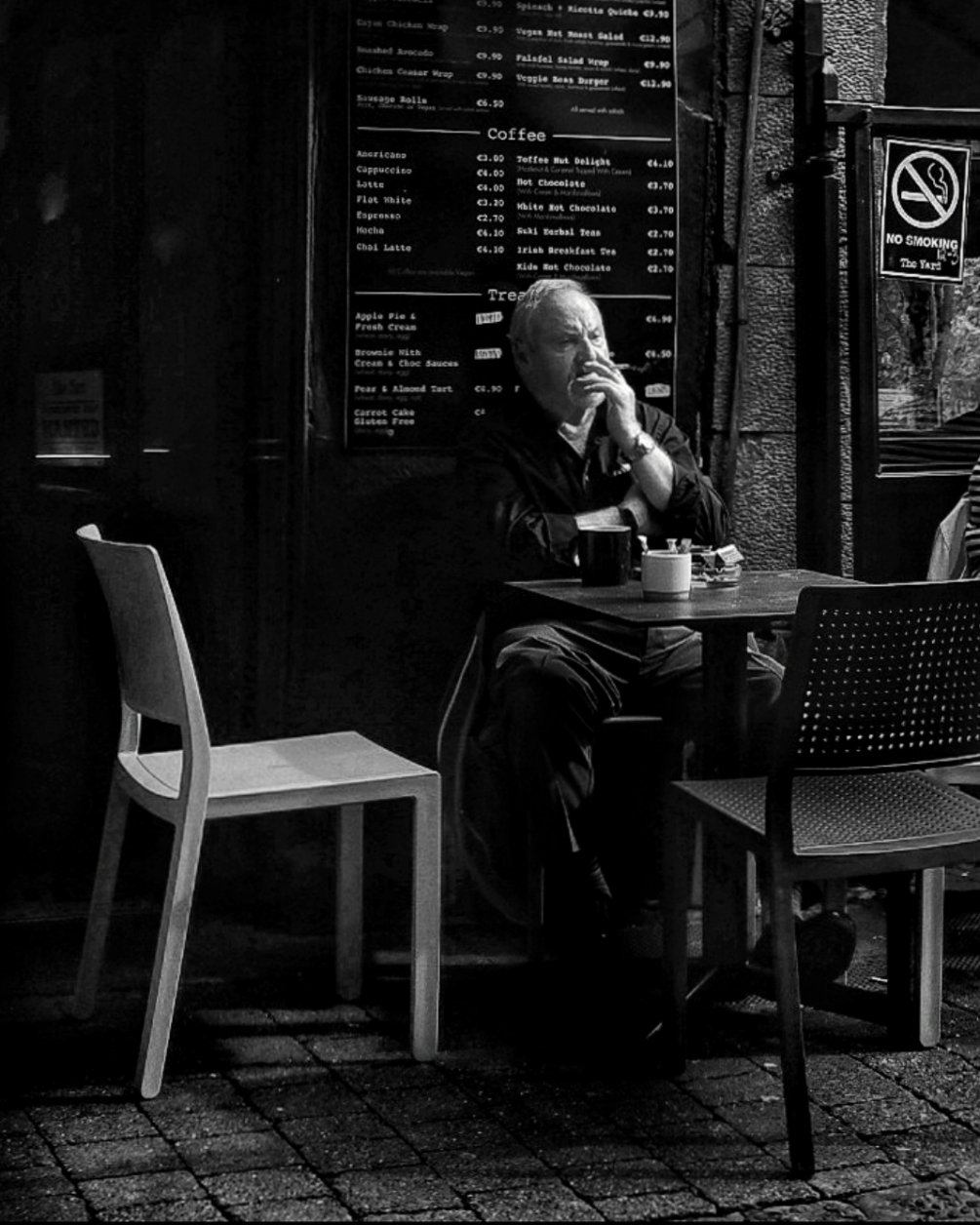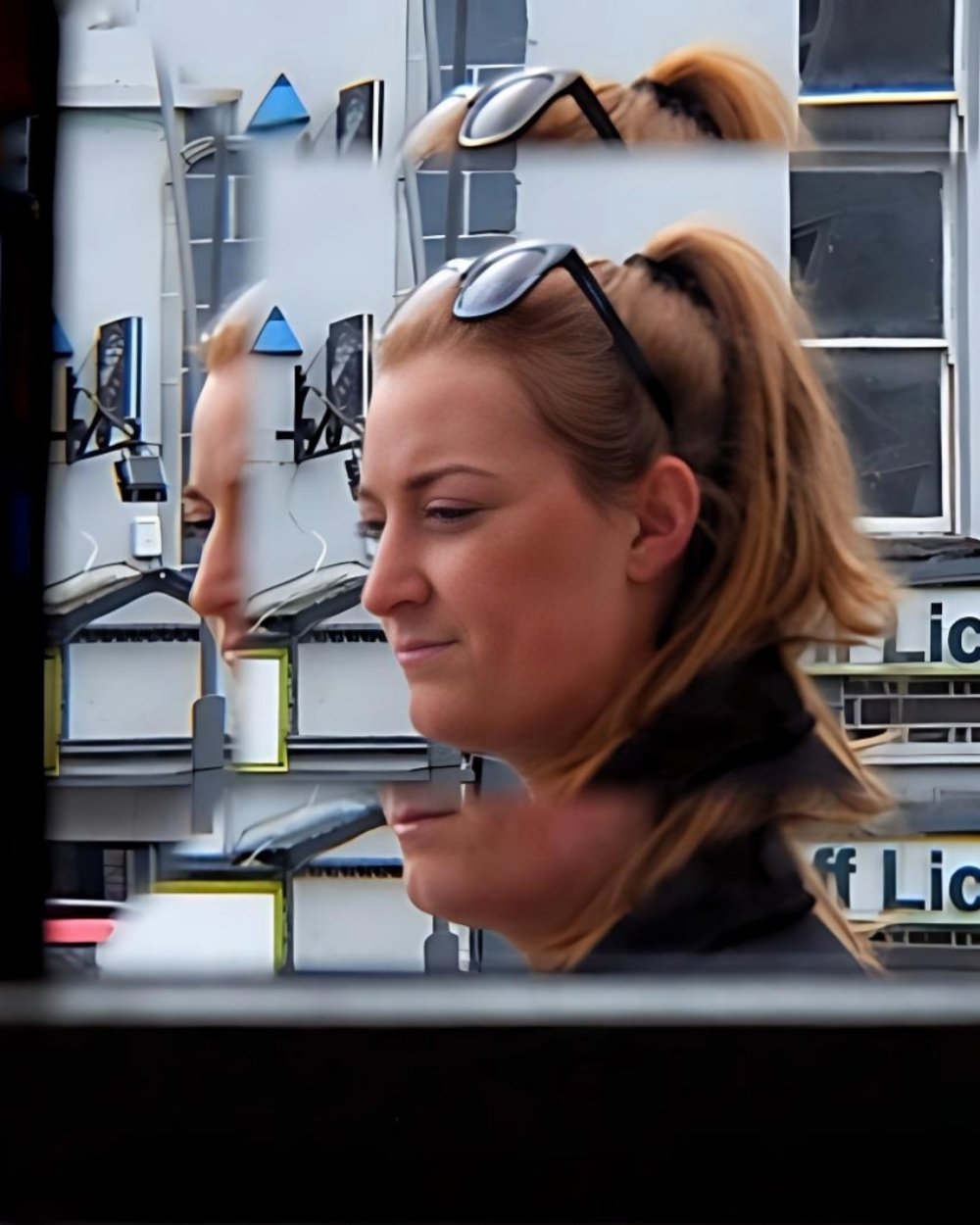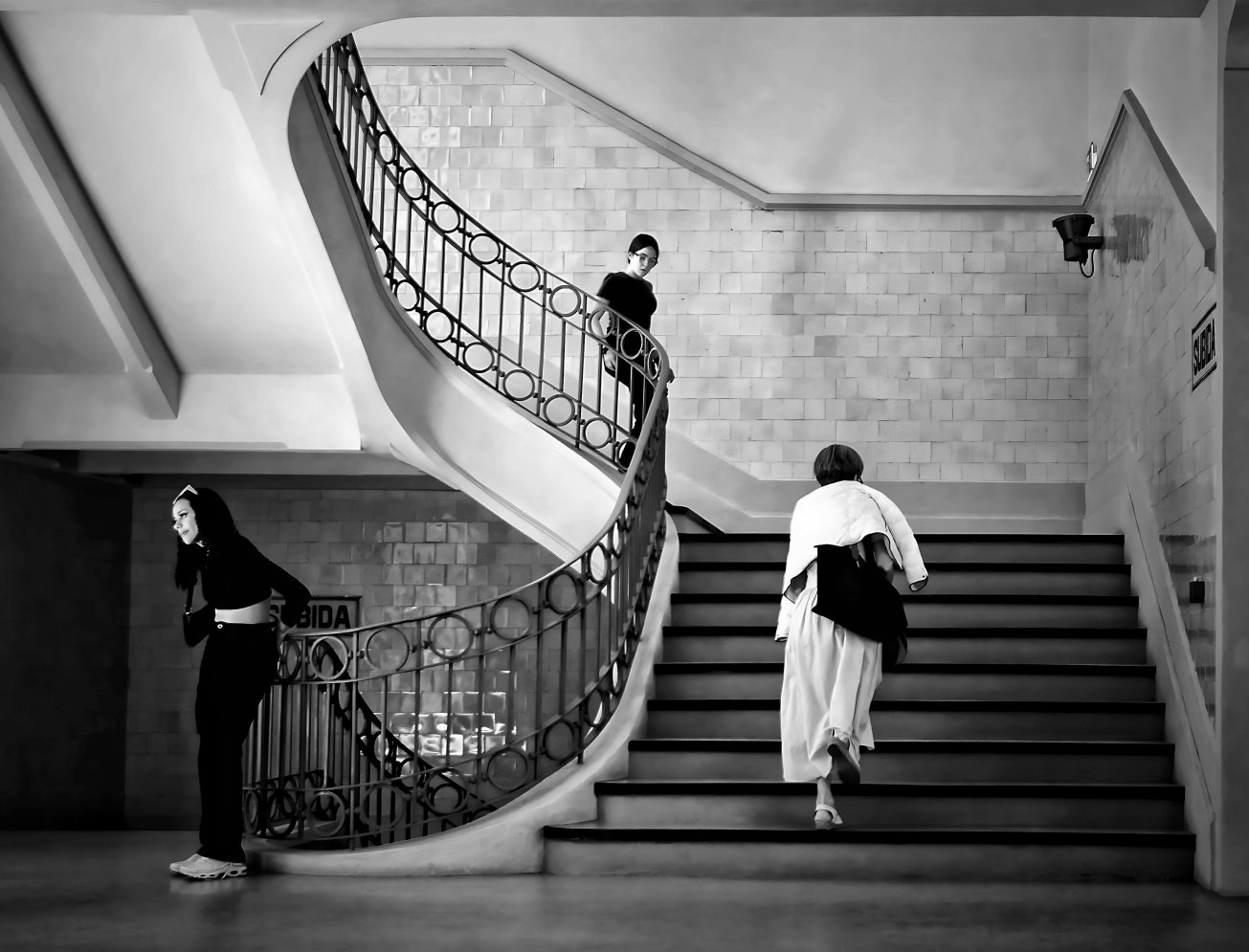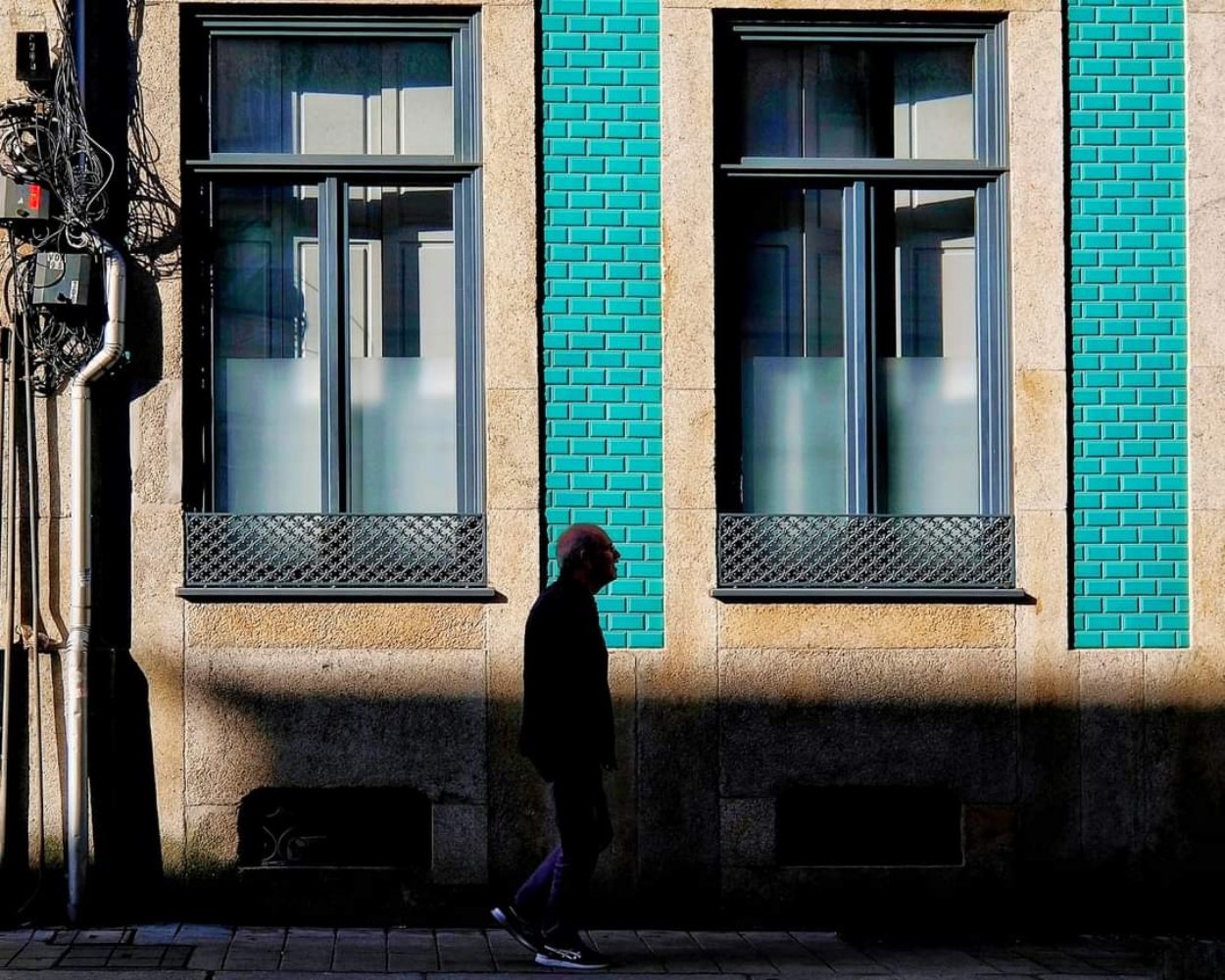Excuse me...it's actually about something else by Kevin Lim
A photograph is a metaphor; it is, after all, a figurative expression rooted in the representation of reality, a reality that is visually absent.
Rather than depicting reality, a photograph is merely an object that presents to us, the viewer, a subjective view and a concept of reality filtered through the photographer's consciousness, bridging the gap between sensory perception and internal experiences, embodying both presence and absence simultaneously.
I also like to think that a photograph's reality is exclusive unto itself... to its own image, a new reality — a new creation that functions as a vessel for memories and a canvas open to diverse interpretations.
It also offers me insight into Time as a concept unto itself, and Time as something we consciously experience within voluminous space projected onto a two-dimensional plane.
Unlike painters who dream upon their canvases, photographers are compelled to commence with the visible and, by extension, serve it.
It is this very reliance that affords us the freedom to explore the idea of perception, navigating both the visible external world and our internal realm of consciousness in pursuit of that elusive photograph — the one that resonates with meaning.
The path to achieving a metaphorical picture worthy of being delved into, rather than merely glanced at, necessitates an awareness of subjective responses that may emerge from an audience when they gaze upon the photo made by us.
This demands that we, as photographers, especially street photographers, employ basic tactics that ensure we meet and exceed the minimum requirements to create such a photograph using a blend of technical prowess, chosen subject matter, and emotive undercurrents present in the location of the scene.
The base of this particular pyramid begins with what we can confidently control as the 1st requirement.
The 1st requirement mandates three principles.
Principle number 1: That we master our camera until its operation becomes second nature.
Principle number 2: We do well to remember that visibility is only possible when there is light, so it is crucial that we pay attention to how light and the lack of it interact with the scene.
Principal number 3: The ability to locate and be present in key places where people like to gather. Simply because such environments are rich with human behavior that exudes genuine emotions and is fertile with unguarded moments.
The 2nd requirement is one's predictive abilities and foresight.
Foresight, the ability to predict subtle gestures and expressions that tell a story or convey emotion. This, coupled with patience, is crucial for transforming mundane photographs into one that alludes to universal meaning and invites us to spend time looking at them beyond the usual five-second scan.
This requires us to observe and understand body language, facial expressions, and interactions among people in the context of the geographical location, culture and time of day and associated seasons.
Strict retrospective analysis helps refine our predictive skills over time. By regularly reviewing our work critically, we can easily determine what works successfully and what does not.
It's hard to grow when we are ladened by and tethered to giga or tera bytes of unculled bad shots stored in the cloud or drive somewhere. They are just not going to magically evolve into wonderful images over time.
The third requirement is the creation of a photograph that captivates.
These are photographs made with concealed layers and communicate through a language both primordial and complex.
A well-crafted metaphorical photograph will evoke recollections of life and memories within the audience's consciousness. These are images that transcend their own depictions and serve to bridge the gap between matter and mind because they contain visually absent realities and meaning beyond the explicit. They are an invitation to the viewer to explore beyond what is obvious to an unseen world with concealed narratives within.
Peace.
Kevin Kilcommon, Tipperary, Ireland


